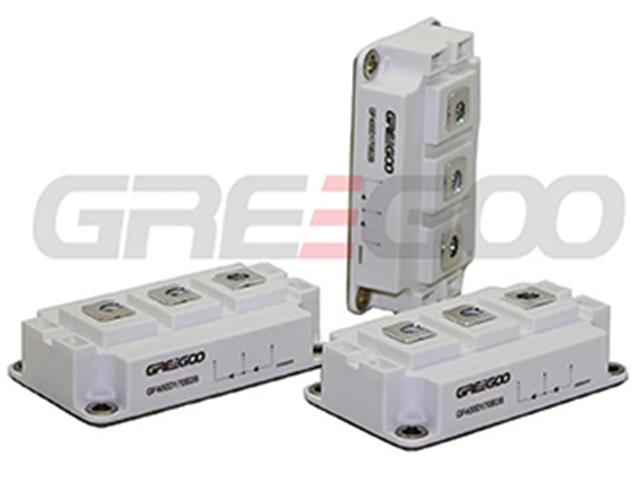What are the main difference between electrical holding and magnetic holding in vacuum contactor?
The main difference between electrical holding and magnetic holding in a vacuum contactor lies in how the contacts are held closed when the coil is de-energized. Both methods serve the purpose of keeping the contacts closed in the absence of current in the coil, but they use different principles to achieve this.
Electrical Holding:
- In vacuum contactor with electrical holding, a separate set of auxiliary contacts is used to maintain the closed position of the main power contacts.
- When the coil is energized, the main power contacts close and the electrical circuit is established. At the same time, the auxiliary contacts also close, creating a parallel electrical path that bypasses the coil.
- Once the coil is de-energized, the main power contacts remain closed due to the electrical current flowing through the parallel path created by the auxiliary contacts. This current maintains the magnetic force that holds the main contacts closed.
- Electrical holding provides a continuous holding force, and the main contacts will remain closed even if the coil loses power, as long as there is an external power supply to maintain the current flow through the auxiliary contacts.
Magnetic Holding:
- In vacuum contactors with magnetic holding, a permanent magnet is used in conjunction with the coil to maintain the closed position of the main power contacts.
- When the coil is energized, the main power contacts close and the electrical circuit is established. Simultaneously, the permanent magnet's magnetic field becomes active, creating an additional magnetic force that helps hold the main contacts closed.
- Once the coil is de-energized, the permanent magnet continues to exert a magnetic force on the main contacts, keeping them closed even without current flow through the coil.
- Magnetic holding does not require an external power supply to maintain the closed position of the main contacts, as it relies on the energy stored in the permanent magnet.
In summary, the main difference between electrical holding and magnetic holding in a vacuum contactor is the method used to maintain the closed position of the main power contacts when the coil is de-energized. Electrical holding uses an external electrical circuit to provide continuous holding force, while magnetic holding relies on the energy stored in a permanent magnet to maintain the closed position without an external power supply.

Fast Recovery Diode Modules vs. Standard Recovery Diode Modules: Which One to Choose?
Fast recovery diode modules are ideal for applications that require rapid switching and high efficiency, while standard diode modules are better suited for low-frequency and DC applications
Read More
Rotating Diode vs. Standard Recovery Diode: Key Difference and Application
A rotating diode is a special type of rectifier diode used in the brushless excitation system of synchronous generators (alternators).
Read More
What is the main differences between Type 1 and Type 2 SPD?
It's worth noting that a comprehensive surge protection strategy may involve using both Type 1 and Type 2 SPDs in combination, along with other protective measures, to ensure maximum protection for electrical systems and connected devices.
Read More
What's the difference between phase control Thyristor Module and Rectifier Diode Module?
Thyristor modules are used for controlled switching and power regulation, while rectifier diode modules are employed for converting AC to DC in rectification applications.
Read More













